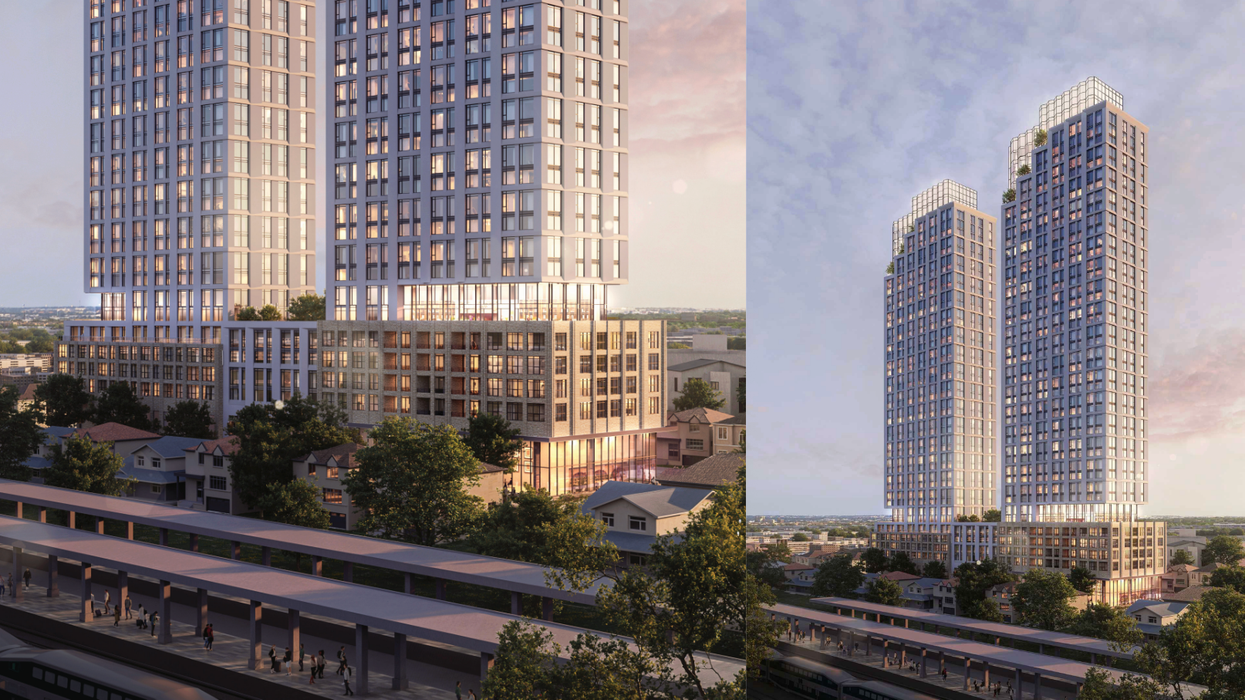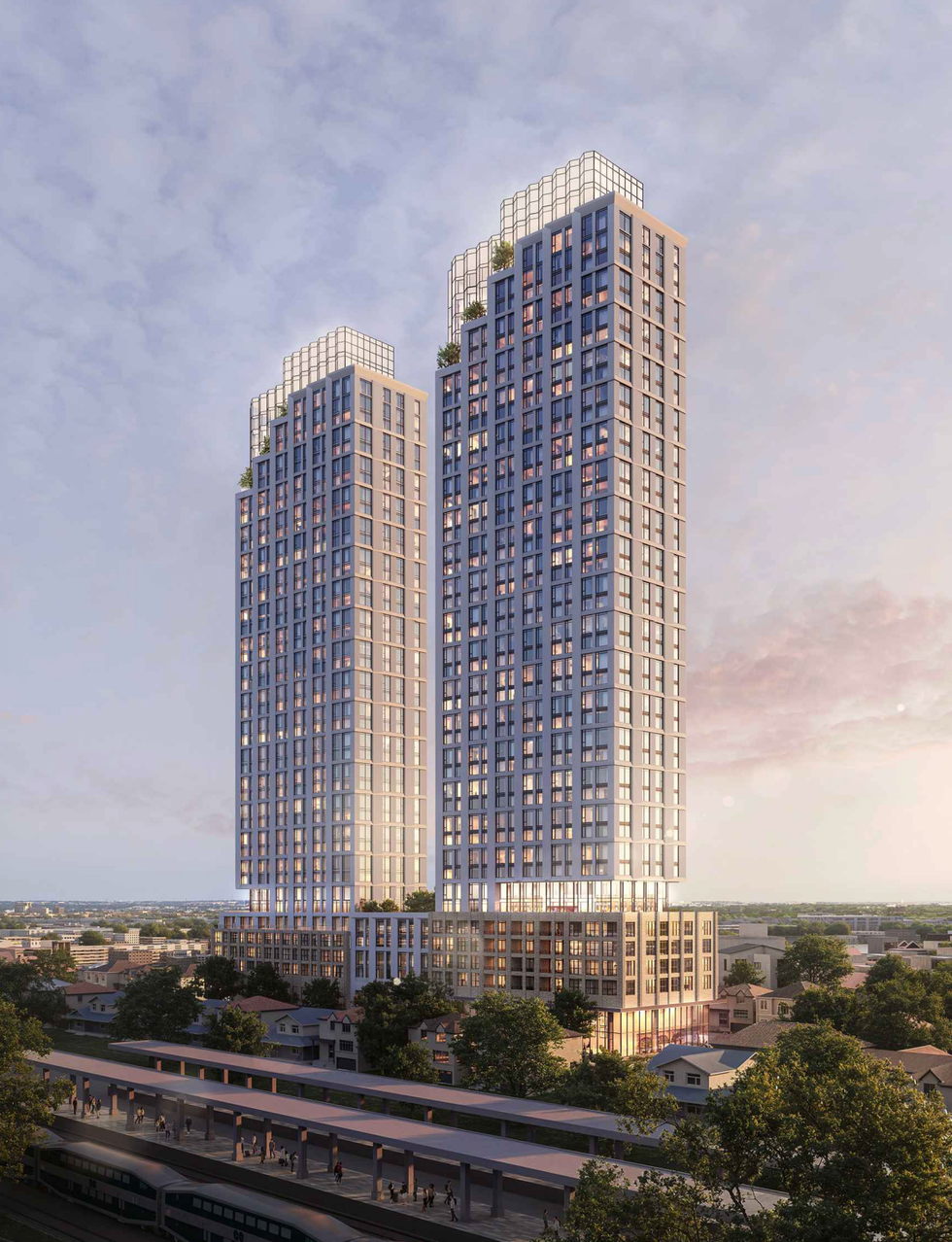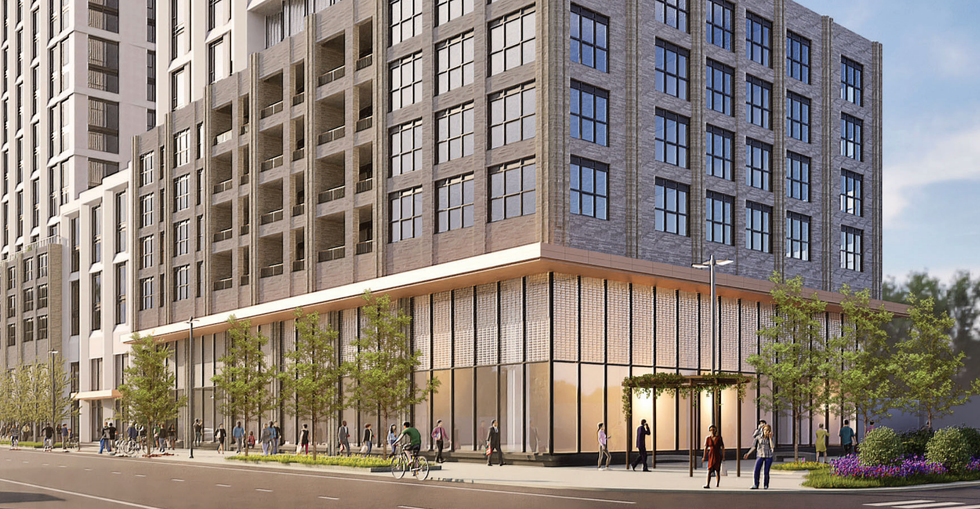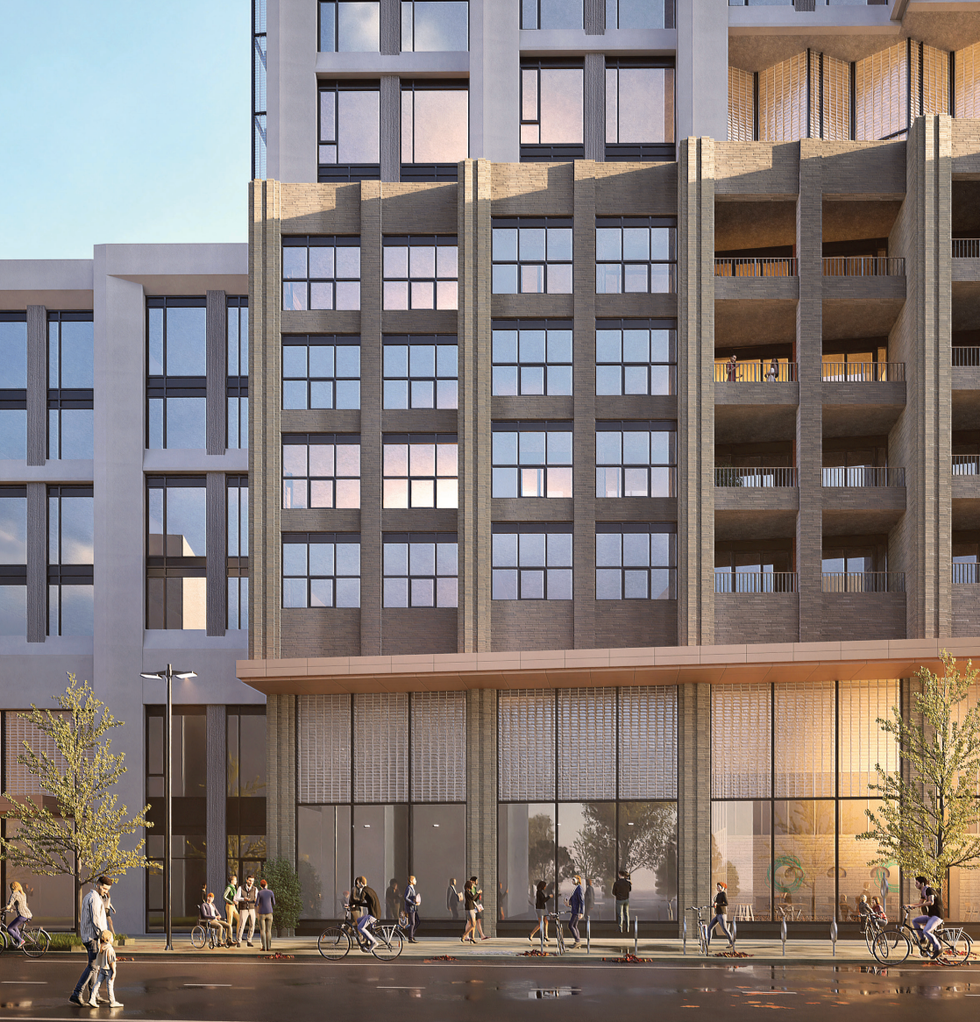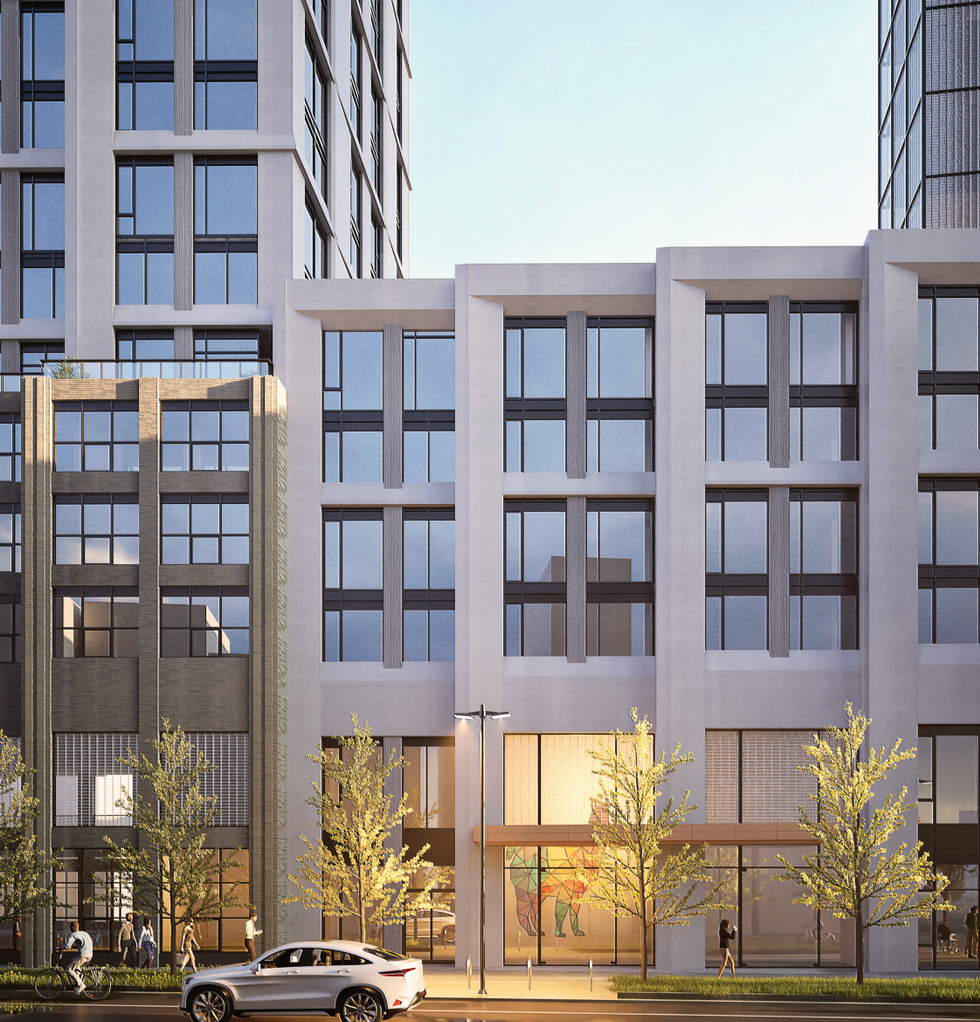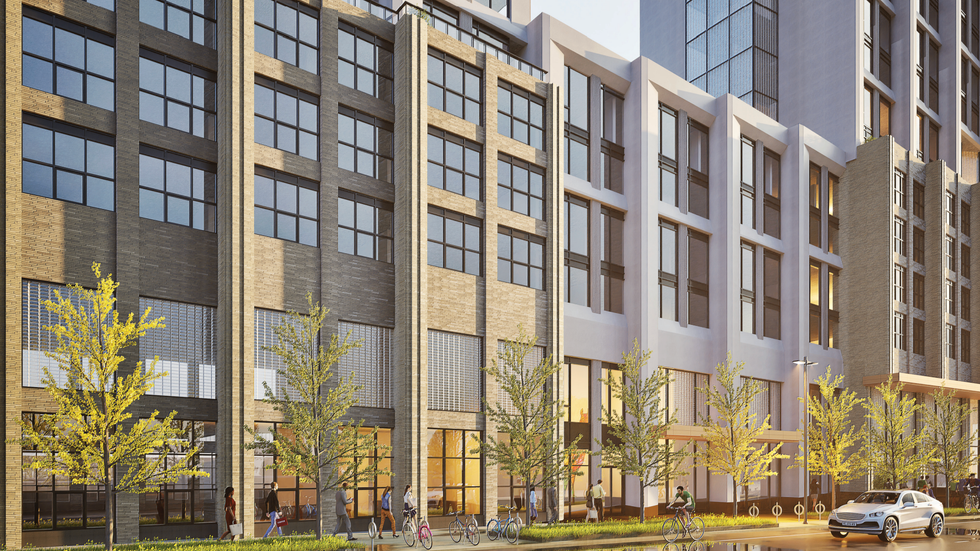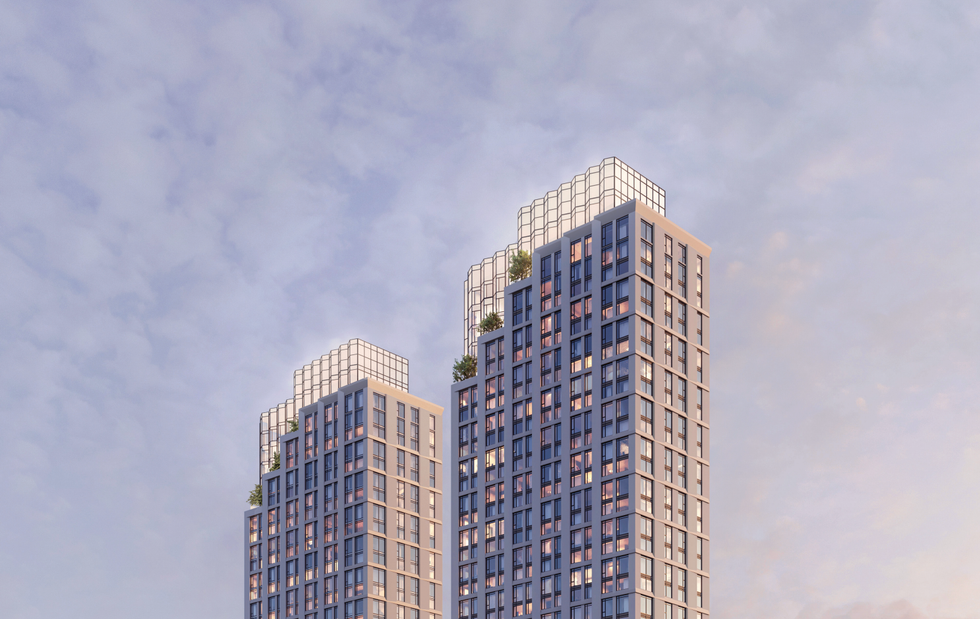Amortization Period
Learn what the amortization period means in Canadian real estate and how it affects mortgage payments, affordability, and long-term debt strategy.

May 22, 2025
What is an Amortization Period?
The amortization period is the total length of time it will take to fully pay off a mortgage loan through regular payments, typically expressed in years.
Why an Amortization Period Matters in Real Estate
In Canadian real estate, the amortization period plays a key role in determining a borrower’s monthly mortgage payment and the total interest paid over the life of the loan. A longer amortization period results in lower monthly payments but higher overall interest costs, while a shorter period leads to higher payments but faster equity buildup and lower interest paid.
Most insured mortgages in Canada are capped at a 25-year amortization, though uninsured mortgages can extend up to 30 or 35 years, depending on the lender. Lenders often combine the amortization period with shorter mortgage terms (e.g., 5 years), after which borrowers must renew their mortgage under potentially different rates and conditions.
Choosing the right amortization period depends on a buyer’s financial goals, risk tolerance, and income stability. First-time buyers might favour longer periods for affordability, while seasoned investors may opt for shorter durations to reduce debt quickly.
Example of an Amortization Period
A buyer takes a $500,000 mortgage with a 25-year amortization. Their payments are calculated to fully repay the loan over 25 years, assuming the interest rate and payment schedule remain consistent.
Key Takeaways
- Amortization refers to the total life of a mortgage loan.
- Longer periods mean smaller monthly payments but more interest.
- Shorter periods cost more monthly but build equity faster.
- Common amortization in Canada is 25 years for insured loans.
- Impacts budgeting, refinancing, and long-term affordability.
Related Terms
- Mortgage Term
- Interest Rate
- Loan-to-Value Ratio (LTV)
- Refinance
- Fixed Rate Mortgage





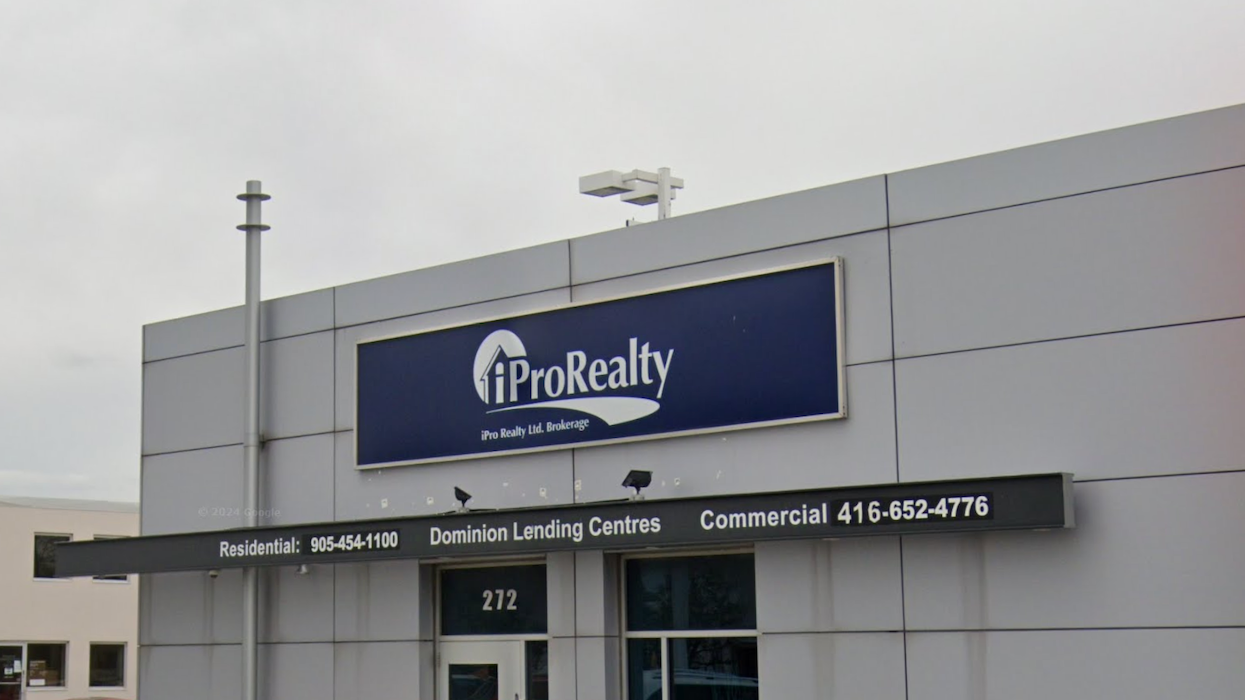

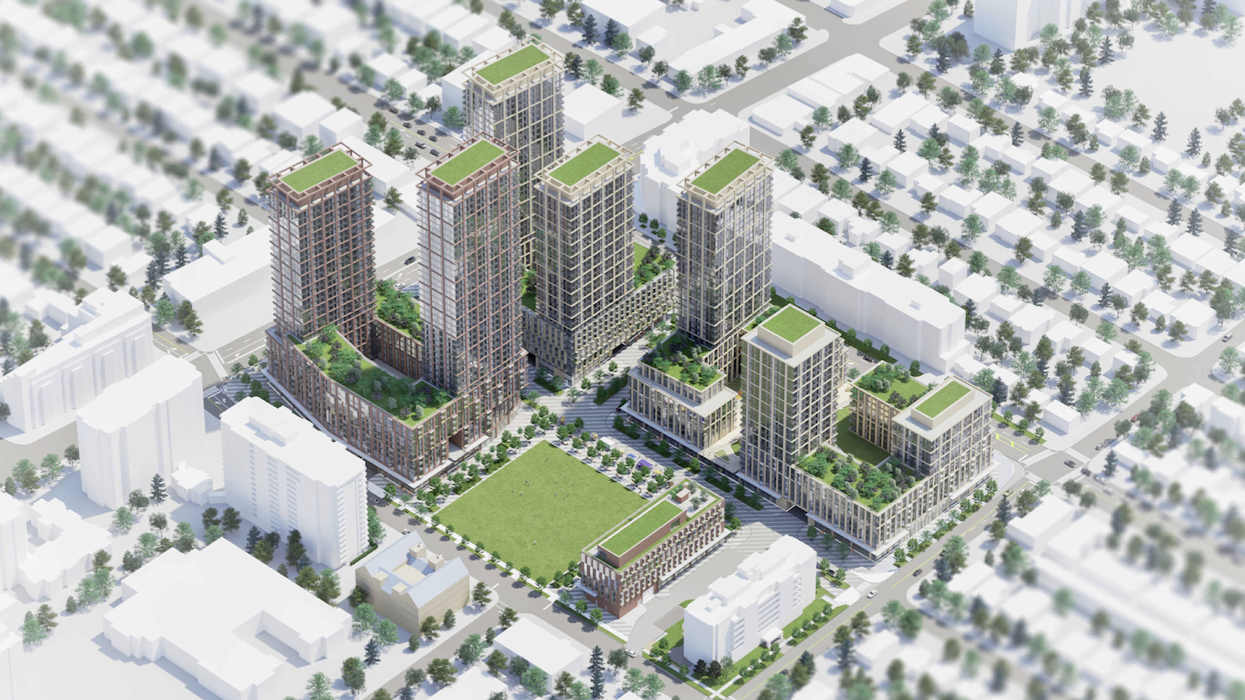
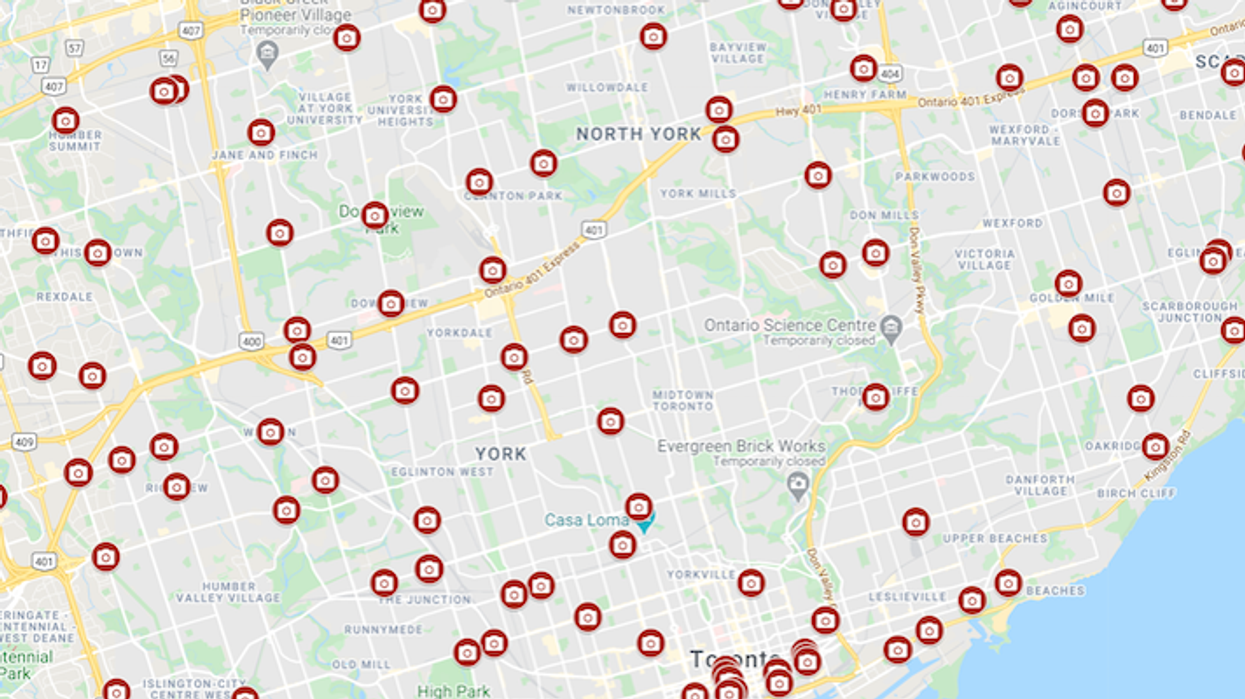
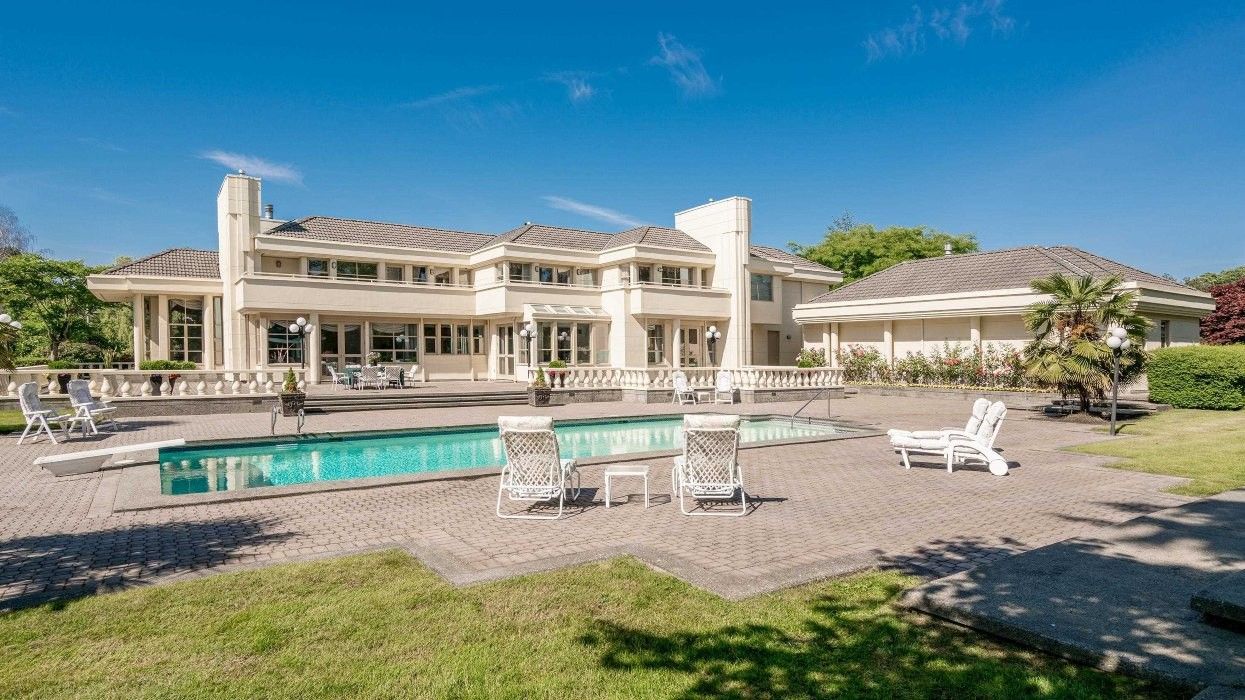
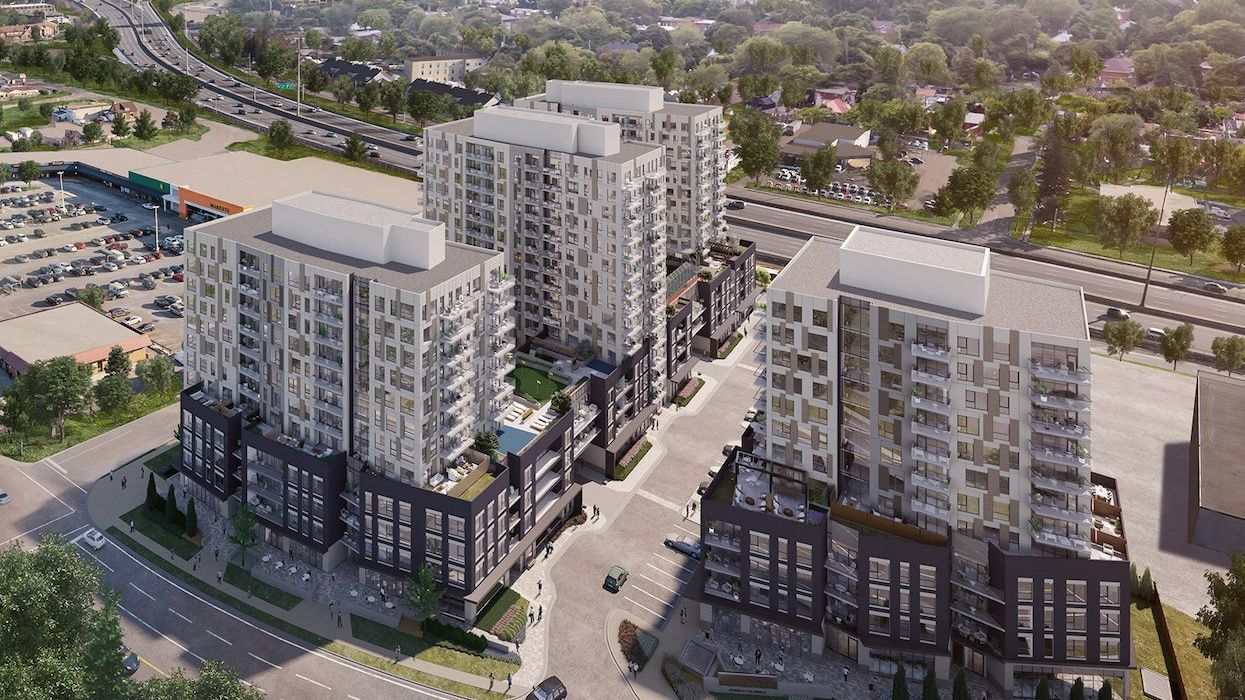


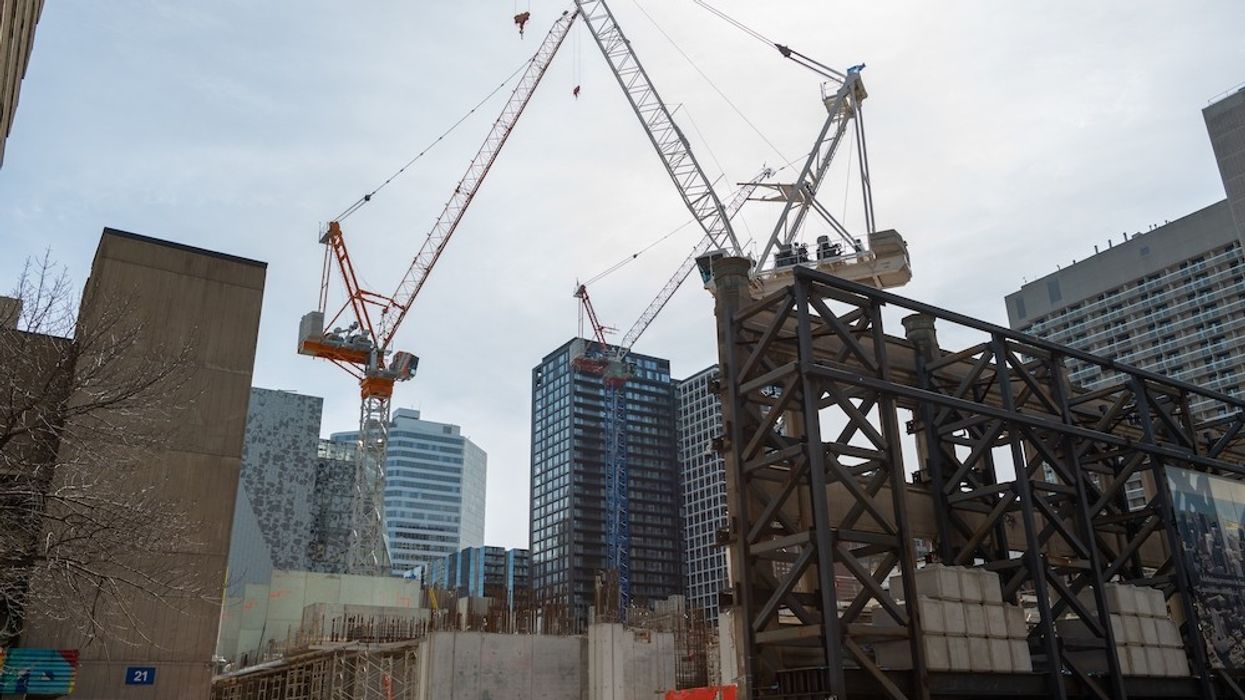
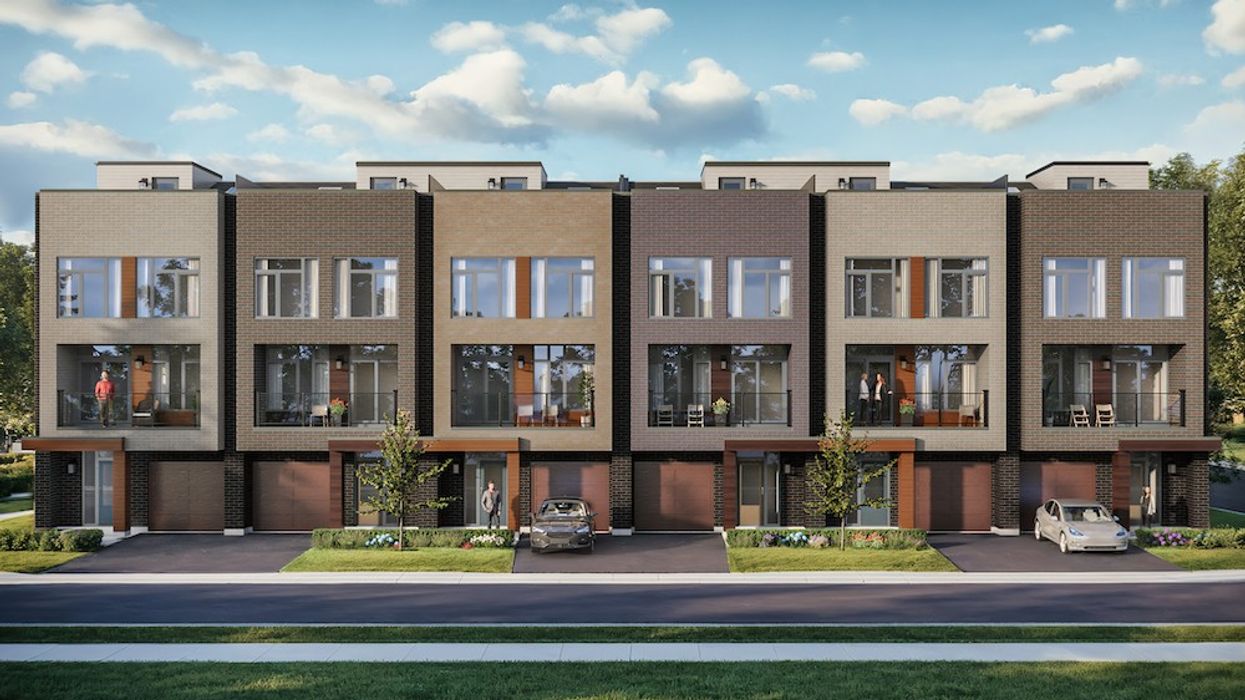
 Camcos Living
Camcos Living Shutterstock
Shutterstock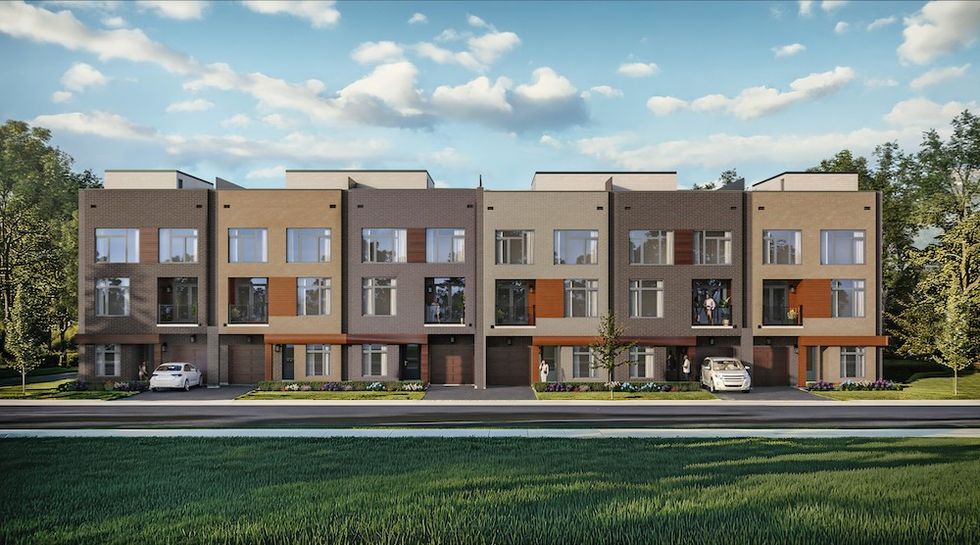 Little Rouge Block G/Camcos
Little Rouge Block G/Camcos Camcos Living
Camcos Living Camcos Living
Camcos Living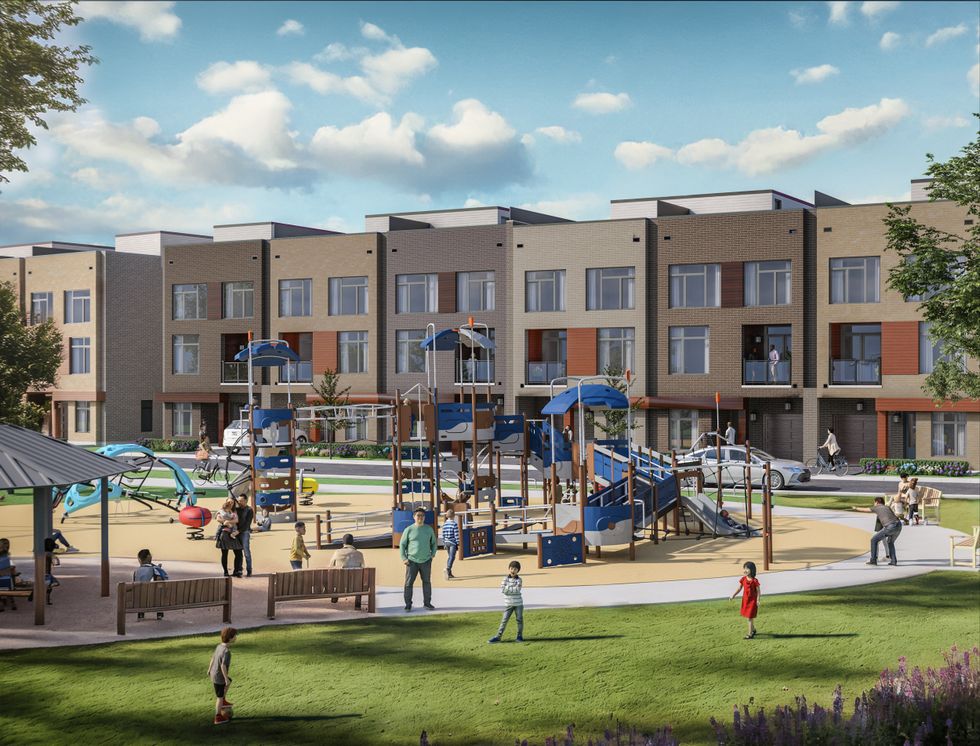 Camcos
Camcos
